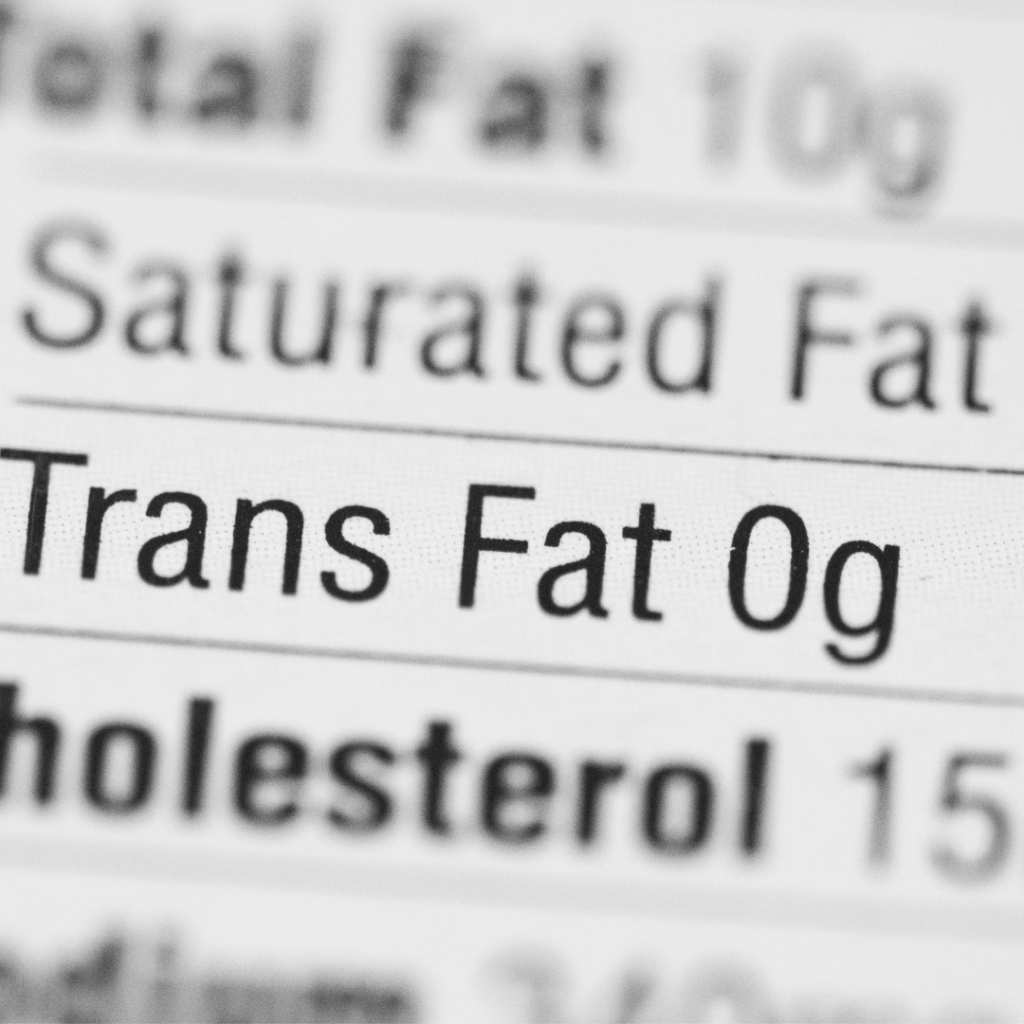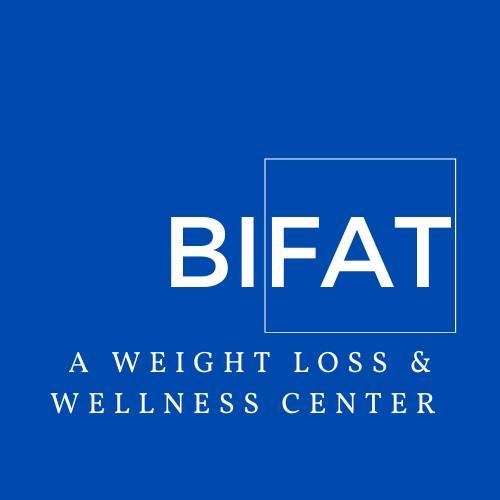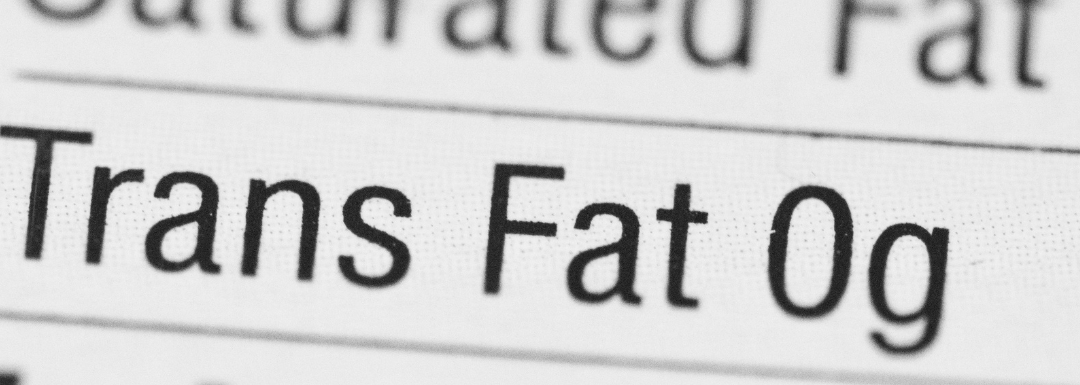You’re not alone if you’re confused about what fats are okay to eat and which fats you should limit. Unfortunately, keeping up with social media and headlines can be tiring.
At BIFAT Clinic, we want to help you focus on the basics. We’ll cover the four main types of dietary fats so you can choose which fats will help optimize your health and which fats are best to avoid.
What are fats?
Fats are a macronutrient that the body needs for energy, cell growth, and nutrient absorption. Dietary fats also help produce certain hormones.
There are four main types of dietary fats.
Unsaturated Fats- Your healthiest option
There are two types of unsaturated fats — monounsaturated and polyunsaturated fats. These healthy fats lower your “bad cholesterol” (LDL) and increase your “good cholesterol” (HDL). This helps reduce your risk of heart disease.
Most healthy fats come from plant sources, such as nuts, seeds, olives, and avocados.
There are also omega-3 fatty acids, which are a subtype of polyunsaturated fat.
Omega-3 fatty acids help form cell membrane structures, particularly in the brain. Most people know that you can get Omega-3 fatty acids from fish.
For optimal health, men 18 and older need about 1.6 g of omega-3 per day, while women need 1.1 g per day. It’s important to know that pregnant and breastfeeding women require higher doses, 1.4 g and 1.3 g, respectively.
Saturated Fats- Limit your intake
This type of fat is commonly found in fried foods, red meat, butter, and full-fat dairy products (e.g., cream, whole milk, cheese). These fats raise “bad cholesterol” levels, increasing your heart disease risk.
Limiting your saturated fat intake to 5 to 6 percent of your daily calories is recommended. For a typical 2,000-calorie diet, that totals 13 grams of saturated fat per day. (There are 9 calories per 1 gram of fat).

Trans Fats- Avoid these fats
This type of fat is the most harmful because it is linked to heart disease, stroke, and type 2 diabetes. Like saturated fats, these fats raise “bad cholesterol” levels. However, they also lower “good cholesterol” levels.
They’re found in many ultra-processed foods like hydrogenated or partially hydrogenated oil and margarine. It also includes foods like soda, sugary breakfast cereals, and processed meats (e.g., chicken nuggets, sausages, and hot dogs).
It’s not always easy to tell if a food is ultra-processed, but reading the ingredients can help if you’re unsure. Examples of ultra-processed food ingredients include:
•hydrolized proteins
•gluten
•fructose and high-fructose corn syrup
•maltodextrin or dextrose
•flavor enhancers
•emulsifiers (like soy lecithin)
•sweeteners (like aspartame)
•thickeners (like pectin)
A good way to avoid trans fats is to buy fresh food (e.g., fruits, vegetables, fish) whenever possible.


Leave a Reply